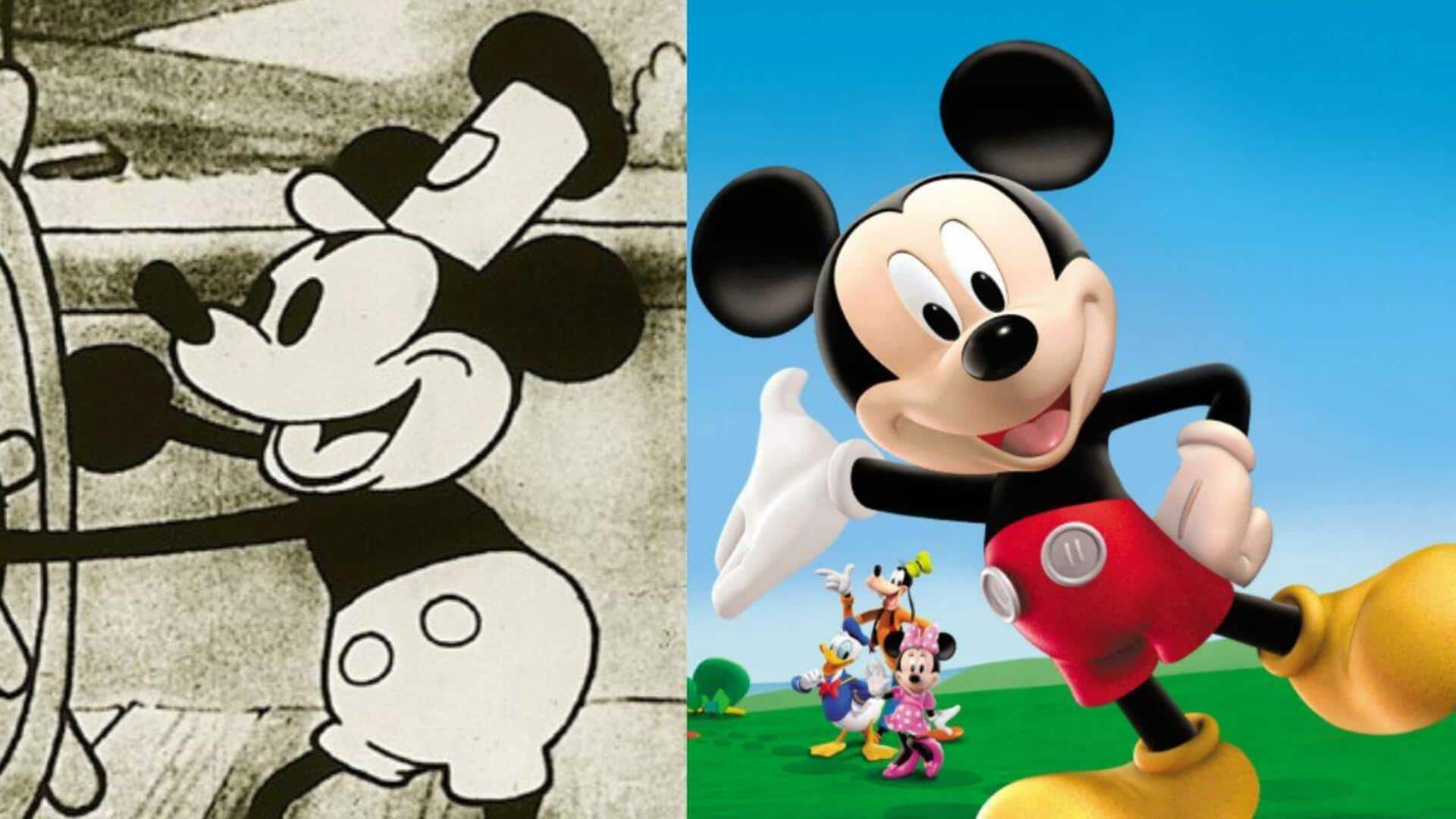
How Animation revolutionized storytelling in Hollywood
What's the story
Animation in US cinema has changed a lot since it first began. From hand-drawn frames to today's advanced CGI, the evolution showcases technological development and changing audience tastes. Come, let's take a trip down memory lane and highlight the important milestones that have defined the industry and see how animation became an integral part of story-telling in films.
#1
The era of hand-drawn animation
Hand-drawn animation was the first step towards animated films in the US. Pioneers like Walt Disney brought iconic characters to life with this technique, drawing each frame by hand. It was an arduous process, requiring tremendous skill and patience, but gave us classics like Snow White and the Seven Dwarfs. The success of these movies paved way for future innovations, making animation a viable form of entertainment.
#2
Rise of stop-motion animation
Stop-motion animation came into its own as a technique in the mid-20th century. By moving physical objects frame by frame, filmmakers achieved the illusion of real movement on the screen. The technique became a rage with movies like King Kong and The Nightmare Before Christmas. Even though it was labor-intensive, stop-motion provided a unique visual style that amazed audiences and opened creative avenues in the industry.
#3
Advent of computer-generated imagery (CGI)
The introduction of CGI revolutionized animation, allowing for more complex visuals and realistic effects. Films like Toy Story, which was entirely computer-generated, showcased CGI's potential to create immersive worlds and characters. As technology advanced, CGI became more accessible, leading to its widespread use across various genres beyond traditional animated movies.
#4
Integration with live action films
Animation techniques have increasingly become part and parcel of live-action films to improve storytelling capabilities. Movies like Avatar used motion capture technology in conjunction with CGI to seamlessly blend animated elements with performances of real actors. This integration has opened new avenues for filmmakers looking to tell stories in innovative ways, while pushing boundaries between reality and imagination.